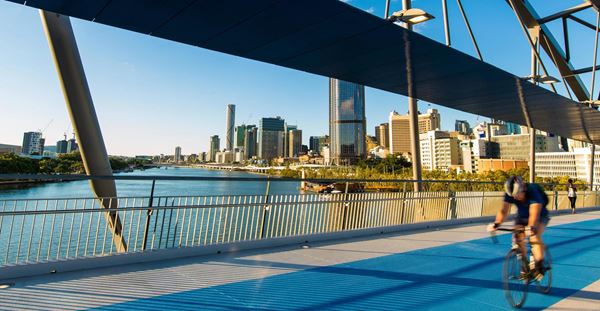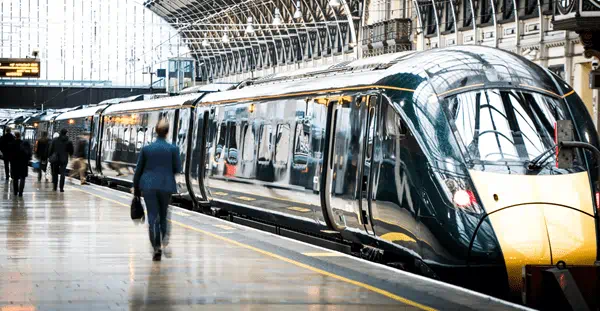- Urbanisation
- Livable cities
- Cities
- Mobility
In 1930, at the third Congres Internationaux d”Architecture Moderne (CIAM), the Swiss-French architect, La Corbusier, captured the attention of his contemporaries with the concept of a ‘Radiant City’. Prior to this in the 1920s, advances in technology and innovation had rapidly changed how people lived, most notably with the advancement of the motor car. People’s perspectives about streets in their towns were disrupted. Many a ‘Letter to the Editor’ lamented streets had become a dangerous and unhealthy mix of transport and activity. People questioned whether or not kids should play in them, should business and social life be conducted there, and who had the right to use the carriageway, kerbside and footpath?
Le Corbusier’s model for the Radiant City was appealing because it addressed the wicked problems of the day. It separated out land use based on functional zones (living, learning, working, producing etc) supported by freely circulating transport networks with abundant green spaces in between. In this vision, streets were no longer for people and places, but for movement and access.
The legacy of the Radiant City is not the architectural vision, but the urban planning methods that were developed to deliver it. The Functional Planning Method is a sequential approach supported by scientific calculations where a city plan can be shown in three maps: land use and zoning, the transport network (carefully calculated to provide for the trips generated by the land use zones in the peak hour) and the regional context of the urban area.
Today, we understand the challenges of Functional Planning Methods in practice – urban sprawl, isolation and streets devoid of people and place, resulting in the loss of social and economic vibrancy that conglomeration creates. But Functional Planning methods endure because they are systematic, and we have developed supporting frameworks and tools (such as transport models) to apply them at any scale.
If we want to create more resilient cities, it is not enough to trumpet a single vision or pilot small projects ad hoc. The urban planning methods, guidelines and tools, and governance that we use need to systematically evolve also.
- Methods: By changing our mobility objectives from functionality (speed, frictionless and replicable) to resilience (sustainable, accessible and equitable); we are witnessing an emergence of frameworks to define and test solutions that meet these broad outcomes: such as Movement and Place, Healthy Streets, Context Sensitive Design, Systems Based Approach to Resilient Infrastructure, and Triple Access Planning.
- Guidelines and Tools: The tools planners used for Functional Planning progressed from set squares and slide rules through to computer generated transport models and simulations. The rapidly evolving tools of today – digital twins, AI and computational spatial analysis – enable us to understand and validate planning solutions that meet complex human needs and not just plan for mechanical machines that go forwards and backwards. These new tools support people orientated development, not just functional transit orientated development. At Arcadis, I am currently experimenting with ArcadisGPT to assist research and writing, CurbIQ to dynamically manage a curbside and Smart Atlas provides insights I have not previously seen.
- Governance: At a city scale this is best illustrated in Sydney. It was not enough to have the vision of a polycentric city painted in the 2018 land use plan - Greater Sydney: A Metropolis of Three Cities - but it required the synchronous introduction of cross-agency governance from the Greater Sydney Commission, publication of a Future Transport Plan which set out a digital roadmap and a Movement and Place Framework for delivery, and the use of broader analytical tools and models to enable the green shoots of place-based planning to emerge and create real urban change.
In my work I can see we are starting to harness the power of intelligent tools and systems to plan for tomorrows resilient cities. Unlike Le Corbusier and his CIAM contemporaries we are lucky enough not to have to wait and make the journey once a year to share ideas in person; but can collaboratively work with clients and industry in real time to create resilient urban solutions and rapidly accelerate a planet positive future.





